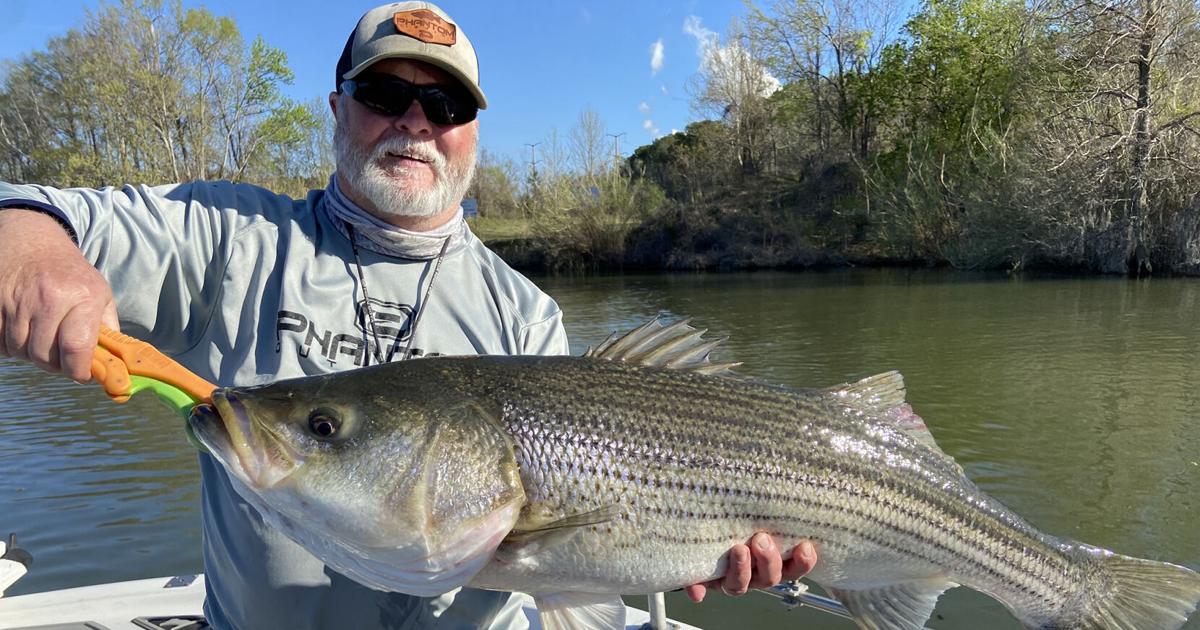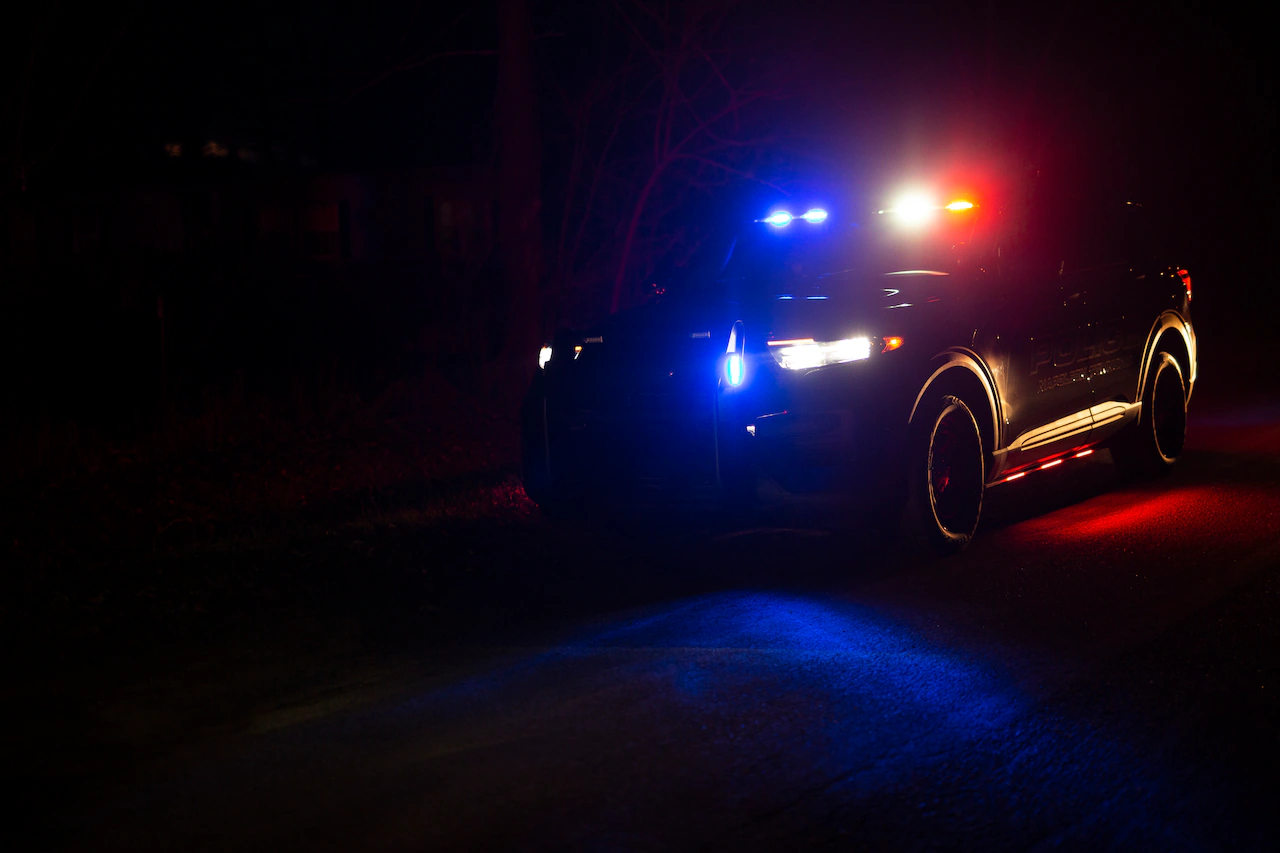
There are lots of reason for anglers to be wetting a line on the Santee Cooper lakes, but beginning this week you can legally tangle with a fish that made the lakes a world-renowned fishing destination.
When the dams that helped form Lake Marion and Lake Moultrie were built in the 1940s, striped bass which had migrated from the ocean were trapped in the lakes. The stripers adapted to their freshwater environment and continued to spawn. Biologists with what is now the South Carolina Department of Natural Resources learned how to spawn and raise striped bass and eventually striped bass were introduced throughout the country.
The season for freshwater striped bass in the Santee River system, which includes Lakes Marion and Moultrie, opens Oct. 1 and runs through June 15. Fishermen are allowed to catch and keep three stripers between 23 and 25 inches long, with one fish allowed greater than 26 inches. Check the SCDNR website (dnr.sc.gov) for complete regulations.
Capt. Joe Dennis (captainjhookcharters.com), who hosts the weekly television show Father and Son Outdoors, which airs at 6:30 a.m. Sundays on WCBD, said he has mostly been fishing for catfish and bream because the striped bass season is closed.
“But I’ve been seeing stripers in almost every depth, from shallow water all the up to 55 feet. I’m marking a lot of stripers coming under the boat,” Dennis said.
Dennis said the Santee Cooper lakes have a wide variety of age groups.
“You’ll see a lot of 12- to 20-inch stripers running together. The larger stripers, 28-, 29-, 30-inch fish, run in smaller packs. You’ll also get big schools of fish in the slot limit, which is 23 to 25 inches. And you may find schools that have all sizes,” Dennis said.
Dennis said October is a good time to start looking for schooling fish on the surface. Look for birds picking up the scraps of shad that the stripers are feeding on.
“A good pair of binoculars is important. A lot of times you’ll see the fish busting the surface before the birds see them,” he said.
For the surface-feeding fish, Dennis likes to use a half-ounce grub head rigged with a 3-inch Charlie Brewer Slider paddletail grub in white or shad color.
“You can fire that a good distance, and it’ll sink fast for you,” Dennis said. “You want to let it sink down to 10 or 12 feet. If you’re in a school of fish and catch a couple real quick and they’re all short, let it sink double our time. A lot of times the bigger fish are under the smaller fish.”
When he is fishing the schools in deeper water with live herring, Dennis employs a Carolina rig, with a 10- to 15-pound test leader and a No. 3 wire Octopus Circle Hook.
“I’ll fish the rig right above the fish I’m marking. If I’m in 40 feet of water and I see fish going through at 30 feet, I’ll fish right above them,” Dennis said. “If a striper sees that bait, he’s coming for it.”



